Näyteikkuna
-
 Virrat, PirkanmaaULKOPOREAMMEMÖKKI 2Alk. 60 €
Virrat, PirkanmaaULKOPOREAMMEMÖKKI 2Alk. 60 € -
Luksus
 Virrat, PirkanmaaVilla SiirtolaLuksusAlk. 130 €
Virrat, PirkanmaaVilla SiirtolaLuksusAlk. 130 € -
 Kolari, LappiVilla VäinöläAlk. 229 €
Kolari, LappiVilla VäinöläAlk. 229 € -
Luksus
 Pälkäne, PirkanmaaVilla Pipo Ski-in Ski-outLuksusAlk. 199 €
Pälkäne, PirkanmaaVilla Pipo Ski-in Ski-outLuksusAlk. 199 € -
 Parainen, Varsinais-SuomiVilla LaavarantaAlk. 264 €
Parainen, Varsinais-SuomiVilla LaavarantaAlk. 264 € -
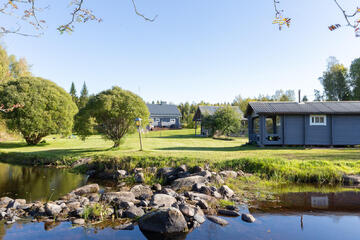 Kihniö, PirkanmaaVilla HonkalaAlk. 107 €
Kihniö, PirkanmaaVilla HonkalaAlk. 107 € -
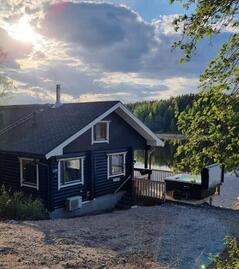 Jämsä, Keski-SuomiHimos Pellonpää 2Alk. 80 €
Jämsä, Keski-SuomiHimos Pellonpää 2Alk. 80 € -
 Pudasjärvi, Pohjois-PohjanmaaVilla kipinäUusiAlk. 85 €
Pudasjärvi, Pohjois-PohjanmaaVilla kipinäUusiAlk. 85 €
2119 kohdetta
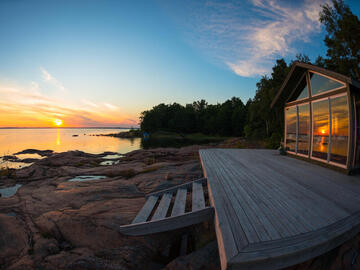
Parhaimmat arvostelut
2119 kohdetta
286 kohdetta
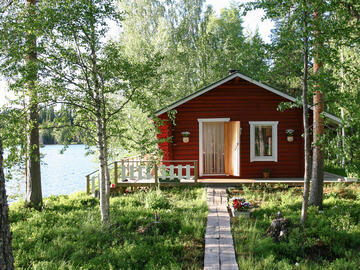
Nettimaksulliset mökit
286 kohdetta
1563 kohdetta

Mökit järven rannalla
1563 kohdetta
1800 kohdetta
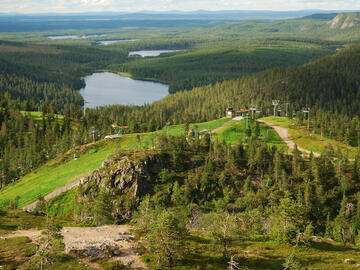
Mökit lomakeskuksissa
1800 kohdetta
217 kohdetta
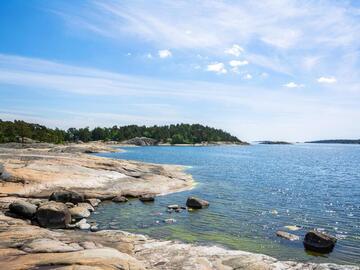
Mökit meren rannalla
217 kohdetta
152 kohdetta

Erämökit ja laavut
152 kohdetta
966 kohdetta
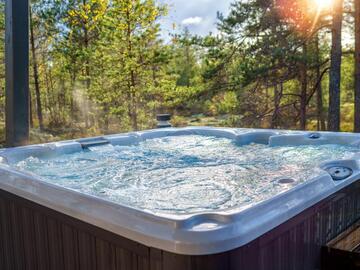
Paljut ja uima-altaat
966 kohdetta
92 kohdetta
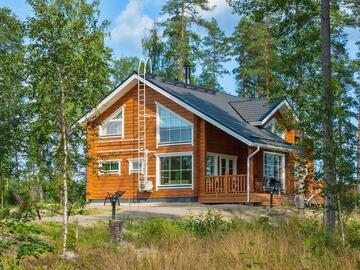
Luksusmökit ja huvilat
92 kohdetta
Uusimmat ilmoitukset
-
 Parainen, Varsinais-Suomi
Parainen, Varsinais-SuomiHelmi saaristossa
Viihtyistä mökki kauniissa Nauvon saaristossa ympärivuotiseen käyttöön...UusiAlkaen 21 € / vrk -
 Kuusamo, Pohjois-Pohjanmaa
Kuusamo, Pohjois-PohjanmaaVuosseli-Kelkka 15A
Vuosselinrinteen alueella Rukalla rinteiden ja latujen läheisyydessä s...UusiAlkaen 70 € / vrk -
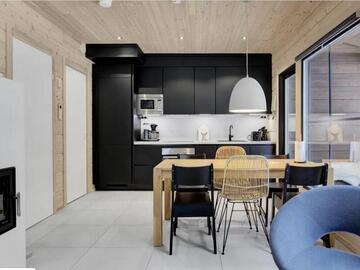 Kittilä, Lappi
Kittilä, LappiVälirakka
Vuonna 2020 valmistunut viihtyisän paritalon B-huoneisto Välirakassa.A...UusiAlkaen 107 € / vrk -
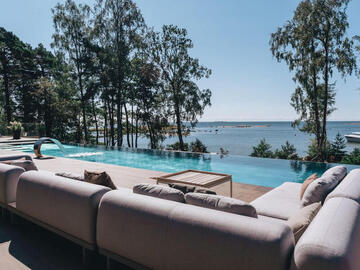 Espoo, Uusimaa
Espoo, UusimaaStay North - Villa Lövö
Emme vastaa viesteihin Nettimökki-sivuston kautta Nettimökin hinnoitte...UusiAlkaen 1 500 € / vrk
Ilmoita mökkisi Nettimökissä
Tavoita tuhannet asiakkaat Suomen suurimmassa ja kattavimmassa mökkien vuokrauspalvelussa!
- Päätät itse millä ehdoilla, milloin ja kenelle vuokraat mökkiäsi
- Helppokäyttöiset työkalut ilmoitusten ja varauksien hallintaan
Jopa 100 000 lomamökkiä etsivää viikossa
Artikkelit
-
 open_in_new
open_in_newKatso 40 kohdettamme kesäksi, joita ei voi ohittaa!
Kevään viimeiset hanget sulavat vauhdilla ja mökinvuokrauksessa siirrytään jo kesäsesonkiin. Jos haaveile...
-
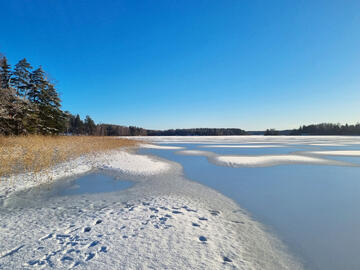 open_in_new
open_in_newNettimökin käyttöehdot päivittyvät
Uudet käyttöehdot astuvat voimaan 2.4.2024 Keskeisimmät muutokset uusiin käyttöehtoihin: - vuokralleant...
-
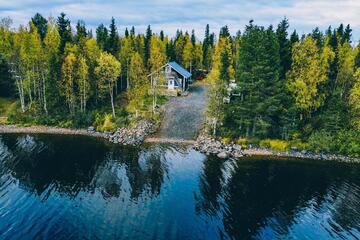 open_in_new
open_in_newKatso 40 upeaa uutuuskohdetta valikoimastamme!
Kevään vuokramökkien varaussesonki on parhaillaan vilkkaimmillaan, kun kevään viimeisiä lomia sekä juhann...
-
 open_in_new
open_in_newTutustu Nettimökin uusiin kohteisiin!
Nettimökin valikoima kattaa yli 6 000 uniikkia mökkikohdetta ja tarjontamme onkin Suomen suurin, uusien k...
